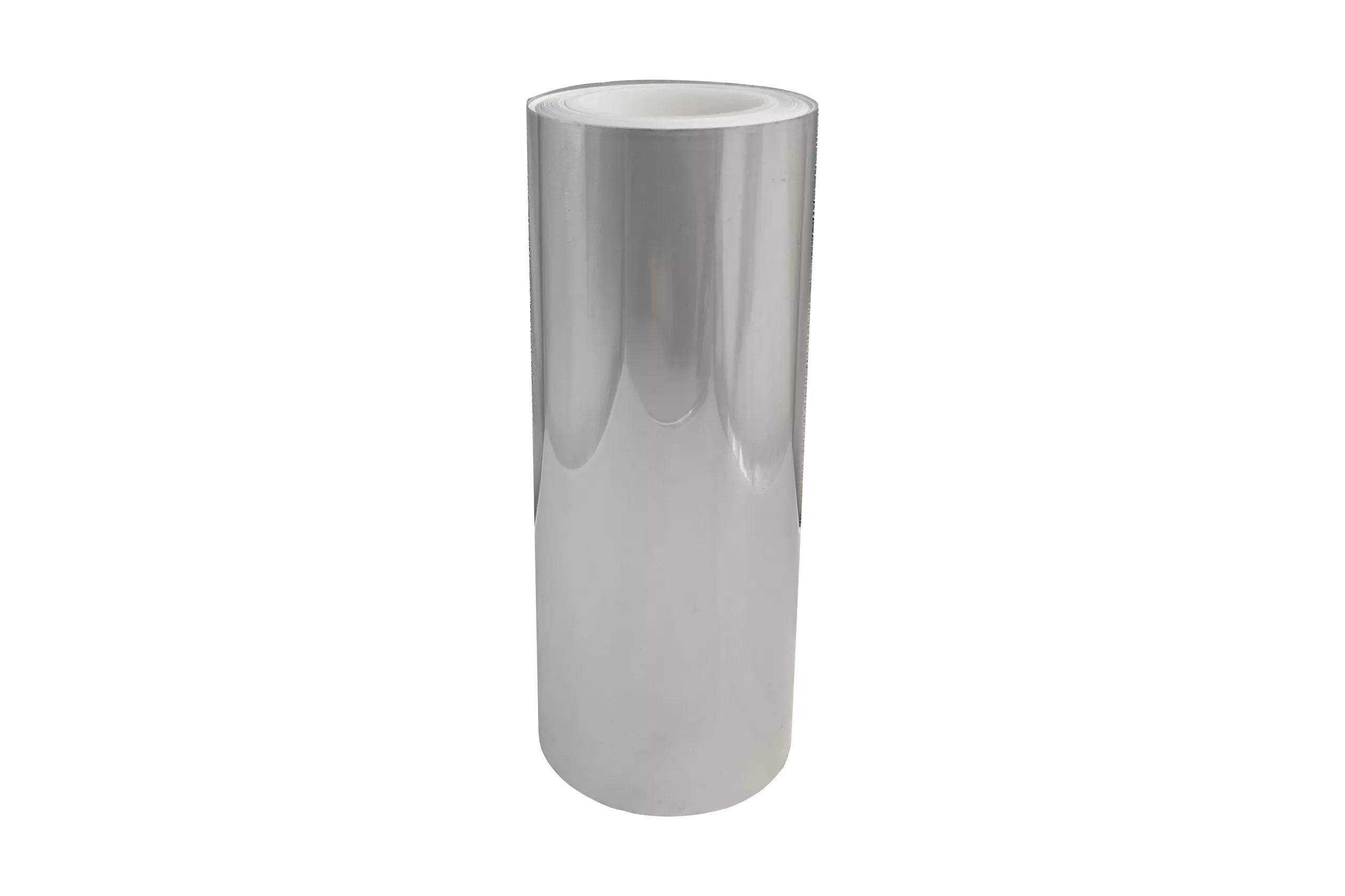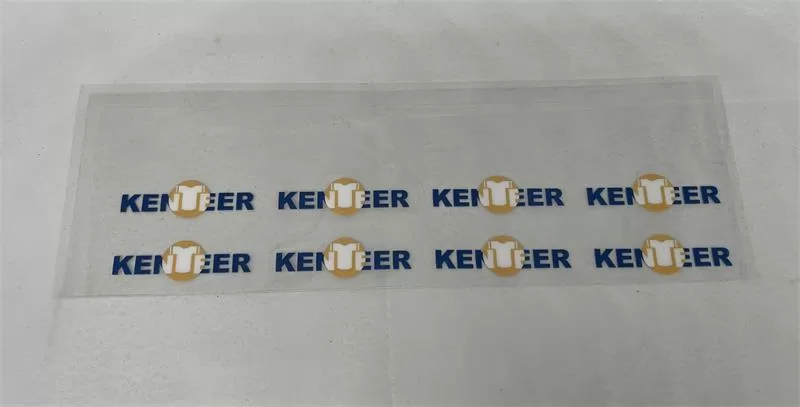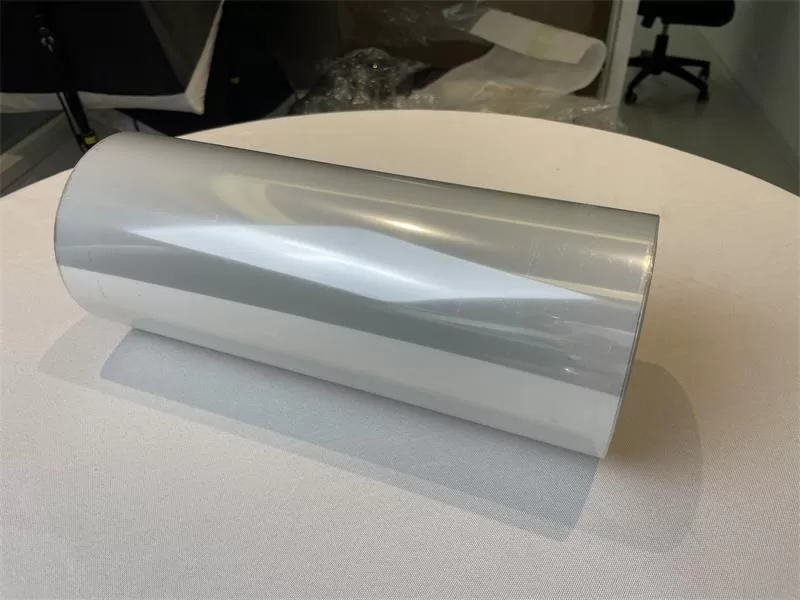UV DTF (Direct-to-Film) film is an excellent choice for textile printing due to its unique advantages and compatibility with UV printing techniques. Here are the advantages and techniques associated with UV DTF film for textile printing:
B Film:

Advantages:
1. Vibrant and High-Quality Prints: UV DTF film allows for vibrant and high-quality prints on textiles. The film's smooth surface and excellent ink adhesion result in sharp and detailed images with vibrant colors, ensuring the designs on textiles stand out.
2. Durability and Washability: UV DTF film offers durability and washability, making it suitable for textiles that require frequent washing or exposure to various environmental conditions. The prints resist fading and maintain their quality even after multiple washes, ensuring longevity.
3. Flexibility and Versatility: UV DTF film is versatile and can be used on a wide range of textiles, including cotton, polyester, blends, and more. It provides flexibility in terms of the fabric types and designs that can be printed, allowing for creative and diverse textile applications.
4. Quick Production Turnaround: UV DTF film enables fast production turnaround times. The direct printing process eliminates the need for traditional screen printing setups, resulting in quicker printing and production cycles. This is especially beneficial for small to medium-scale textile printing businesses.
A Film:

Techniques:
1. UV Printing: UV DTF film is specifically designed for UV printing techniques. UV printers use UV-curable inks that are instantly cured by UV light exposure. The UV ink adheres to the UV DTF film, and the film is then transferred onto the textile using heat and pressure, resulting in a permanent and vibrant print.
2. Print and Cut: Some UV DTF film suppliers offer print and cut functionality. This technique involves printing the design onto the UV DTF film and then using a cutting plotter or digital cutter to precisely cut the design before transferring it onto the textile. This allows for intricate and precise designs on textiles.
3. Layering and Special Effects: UV DTF film enables layering and the creation of special effects in textile printing. By printing multiple layers of UV DTF film with different colors or textures, you can achieve unique designs with depth and texture. Additionally, UV DTF film can be used to create special effects like metallic finishes or embossing effects on textiles.

When using UV DTF film for textile printing, it's important to follow the specific instructions provided by the film supplier and ensure that your UV printer and heat press are properly calibrated for optimal results. With the advantages and techniques associated with UV DTF film, you can achieve vibrant, durable, and visually appealing prints on textiles.

